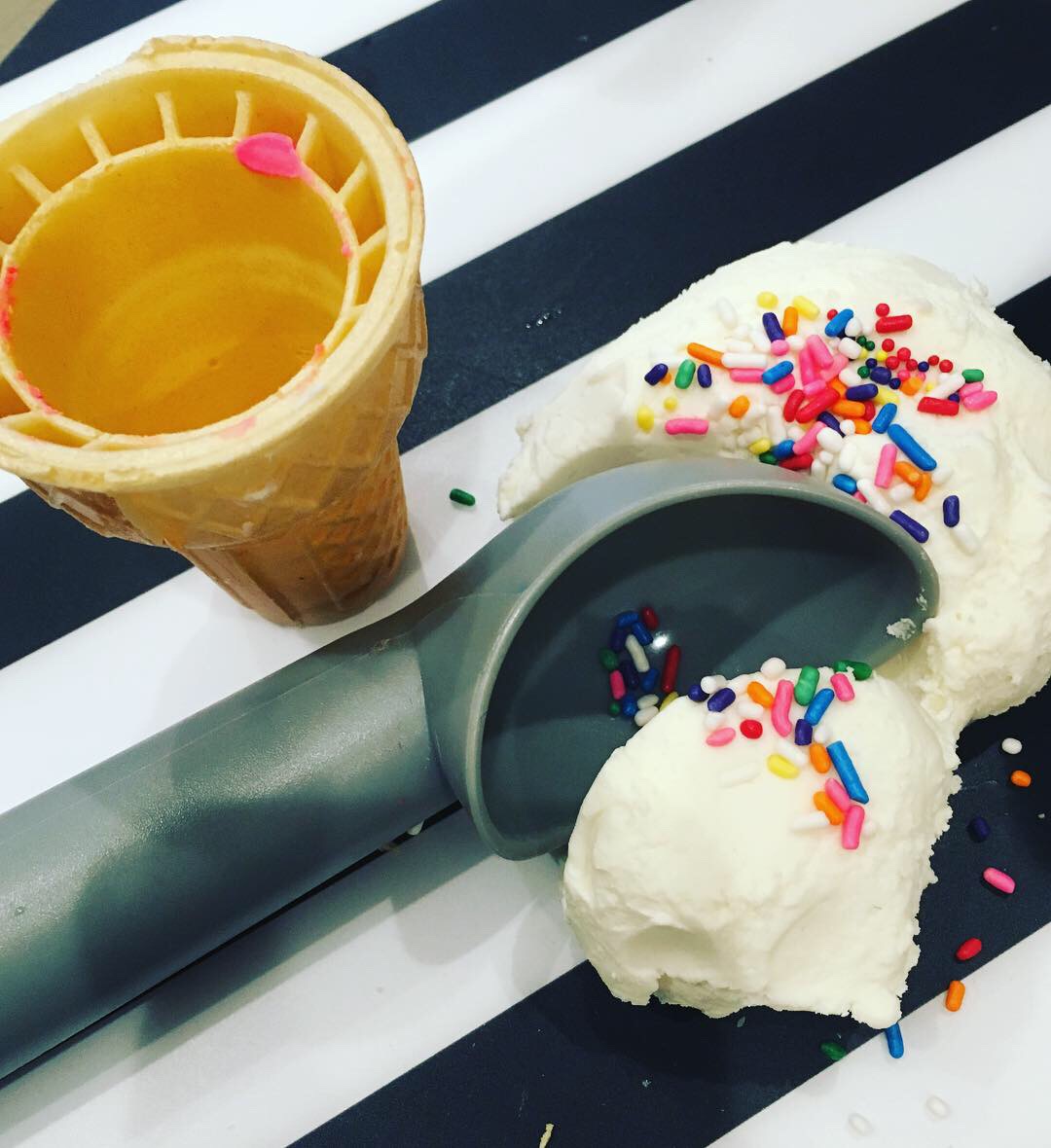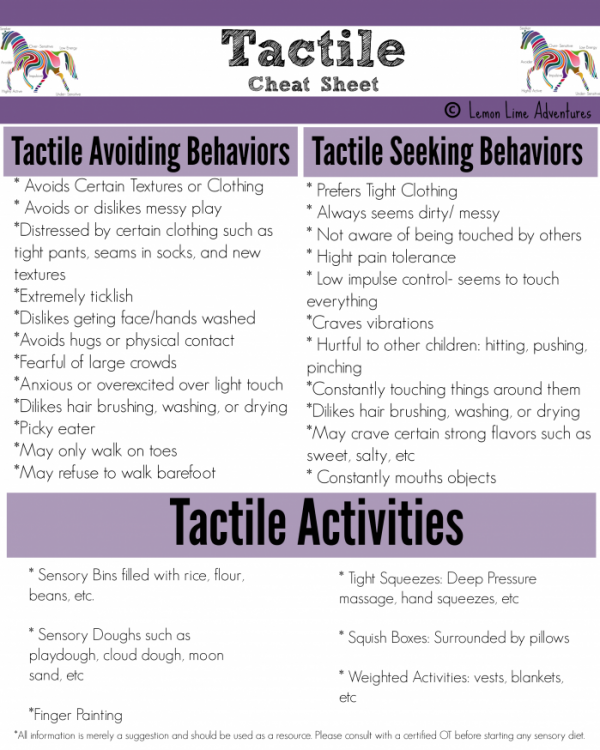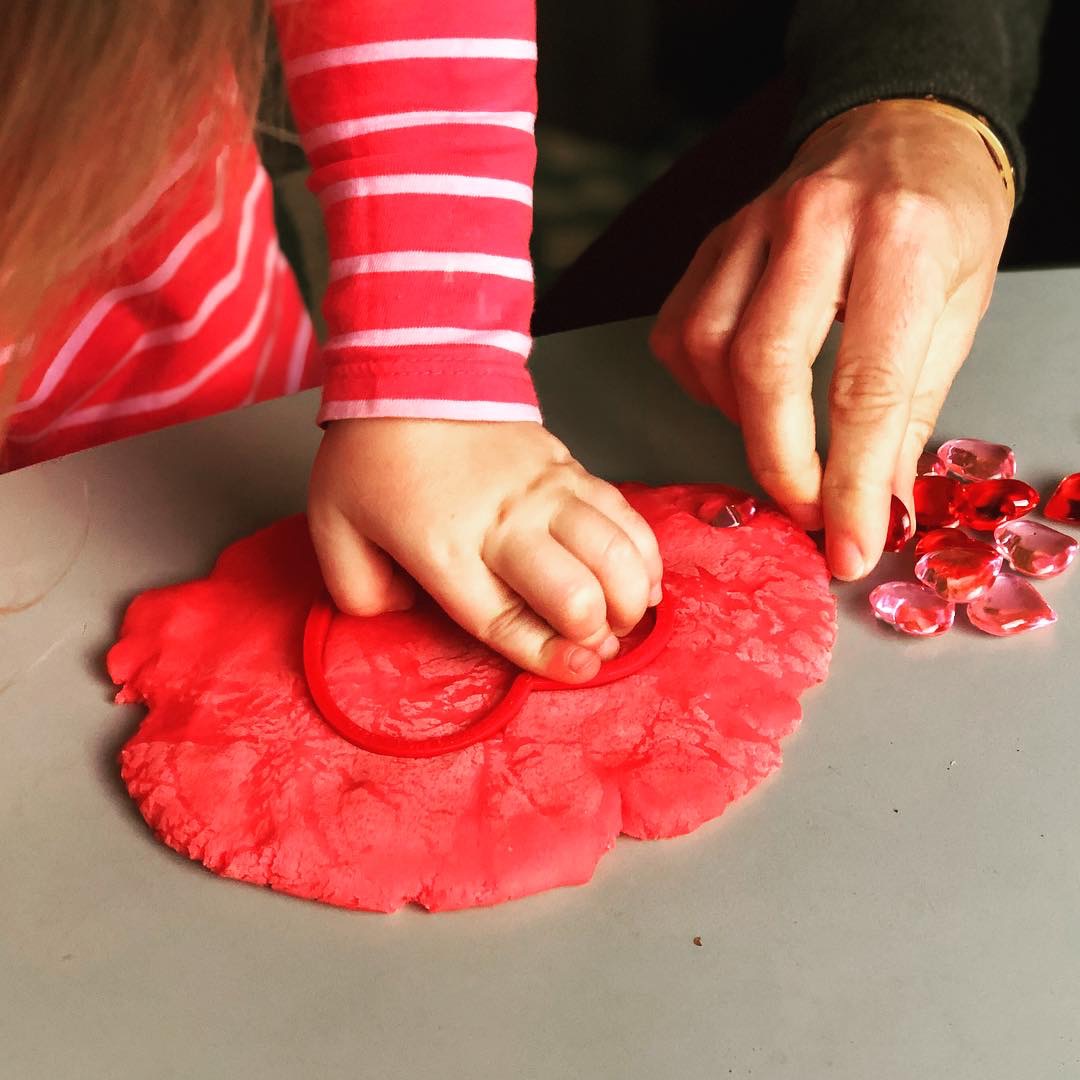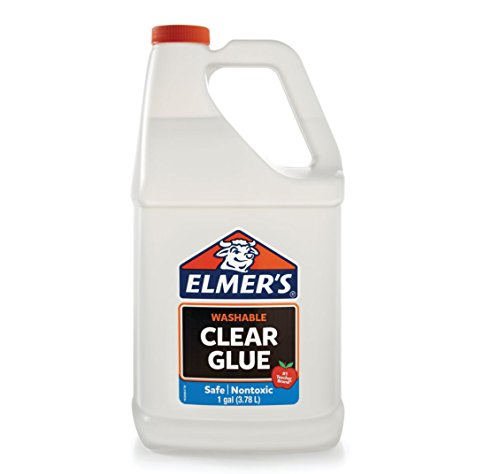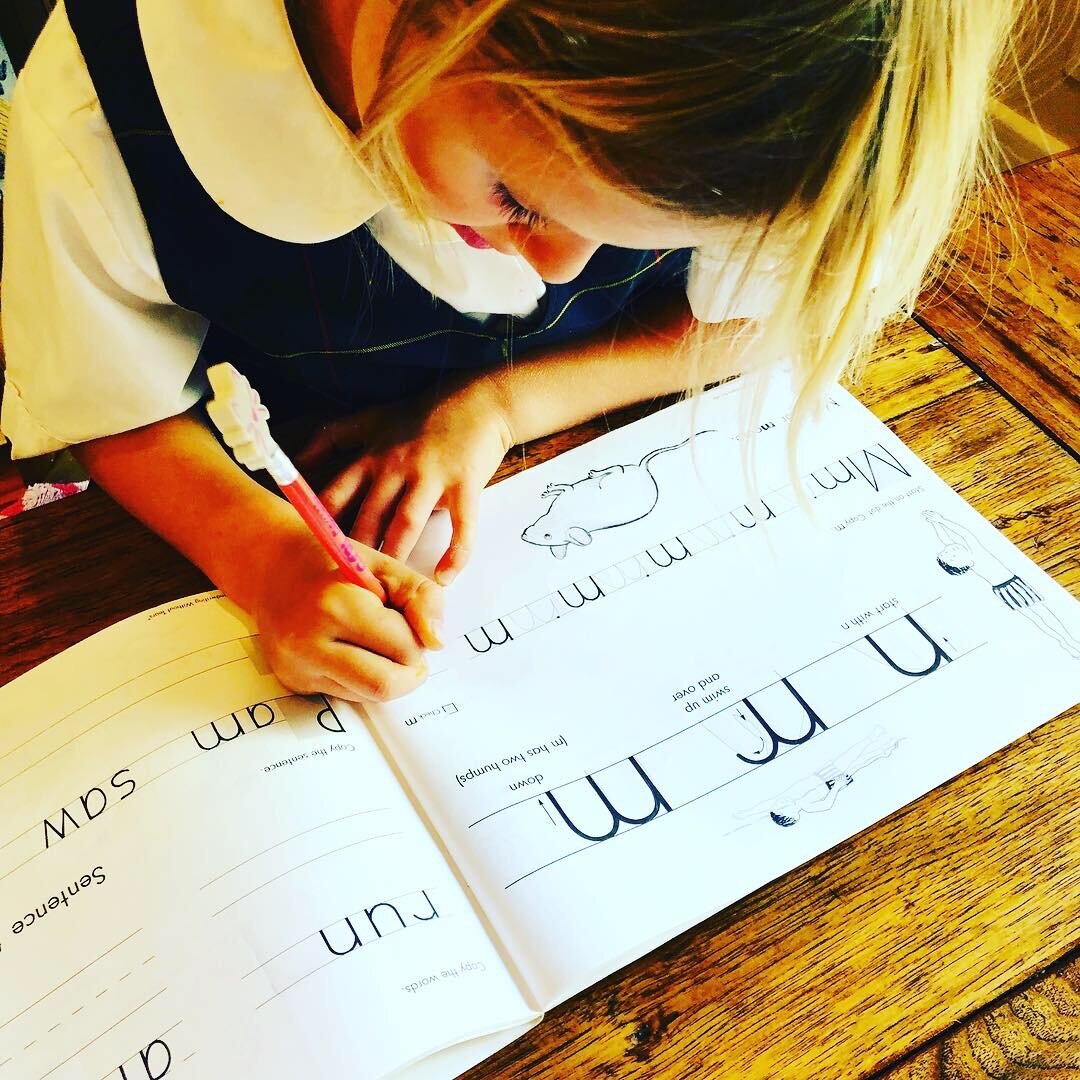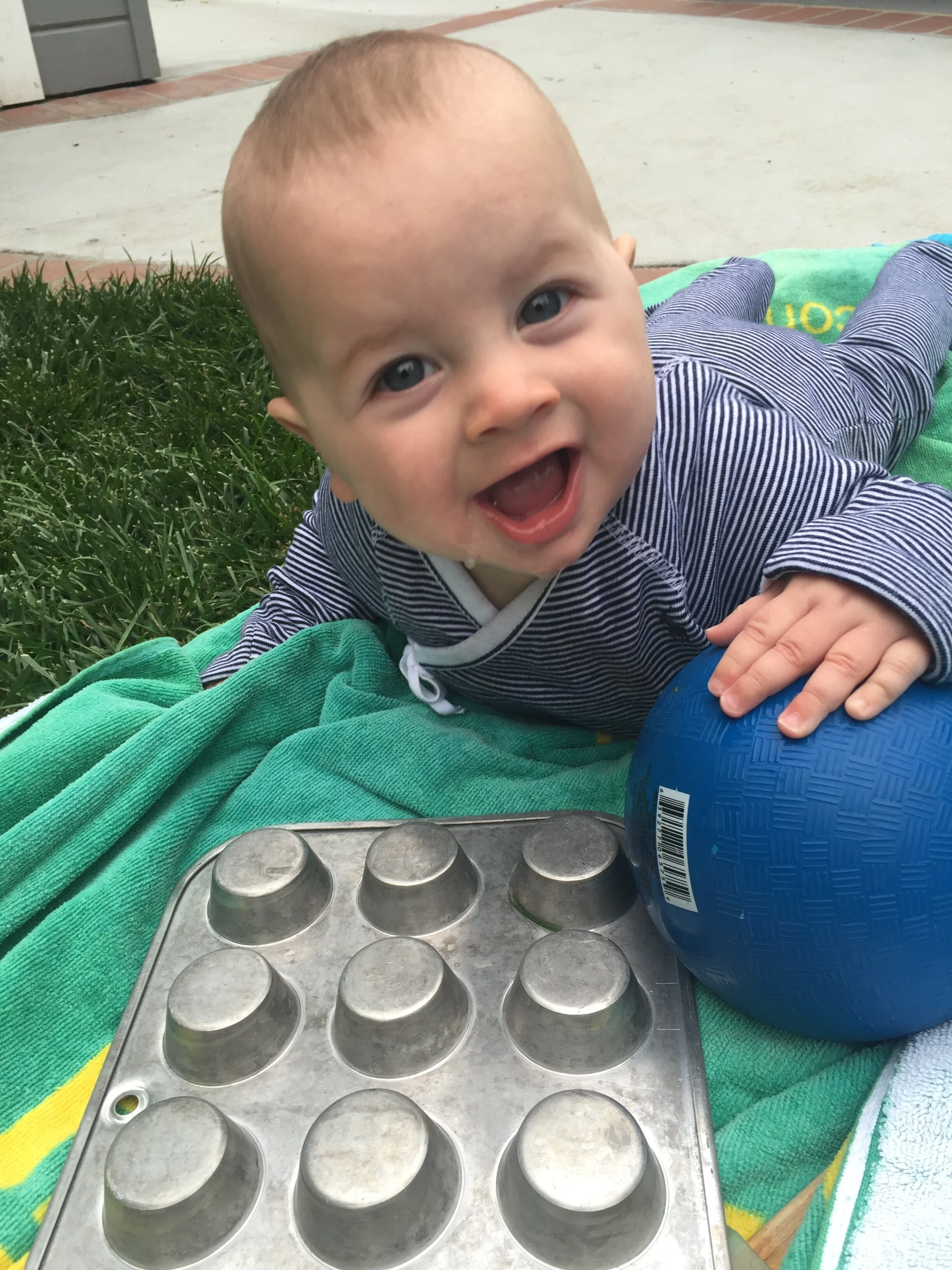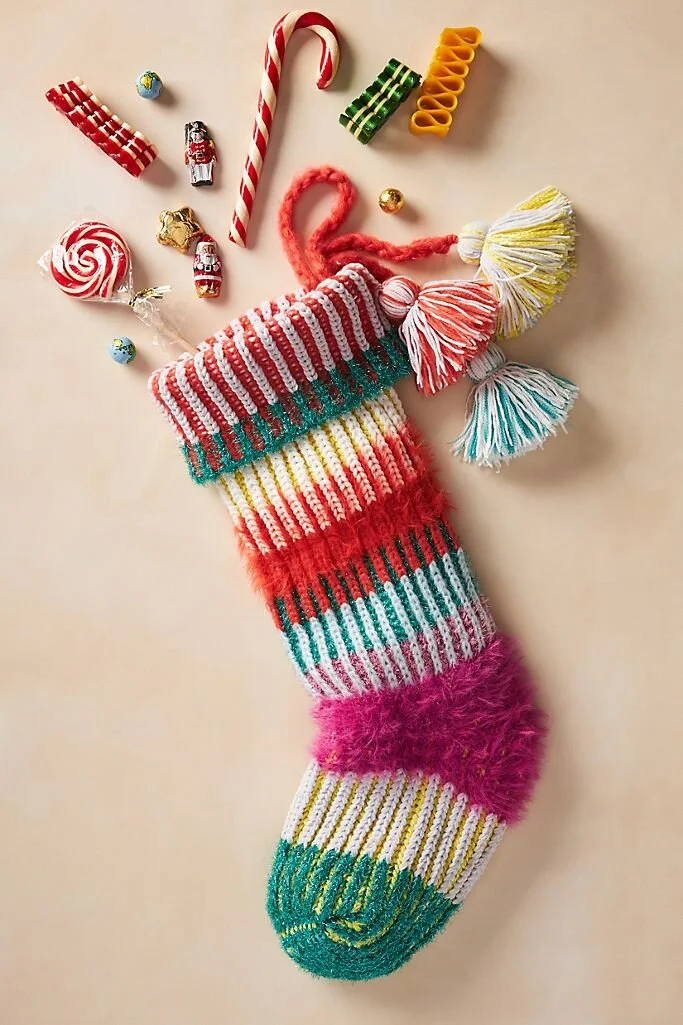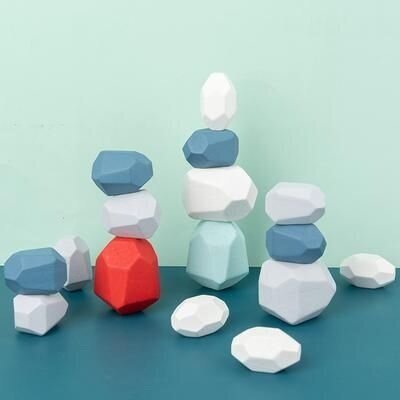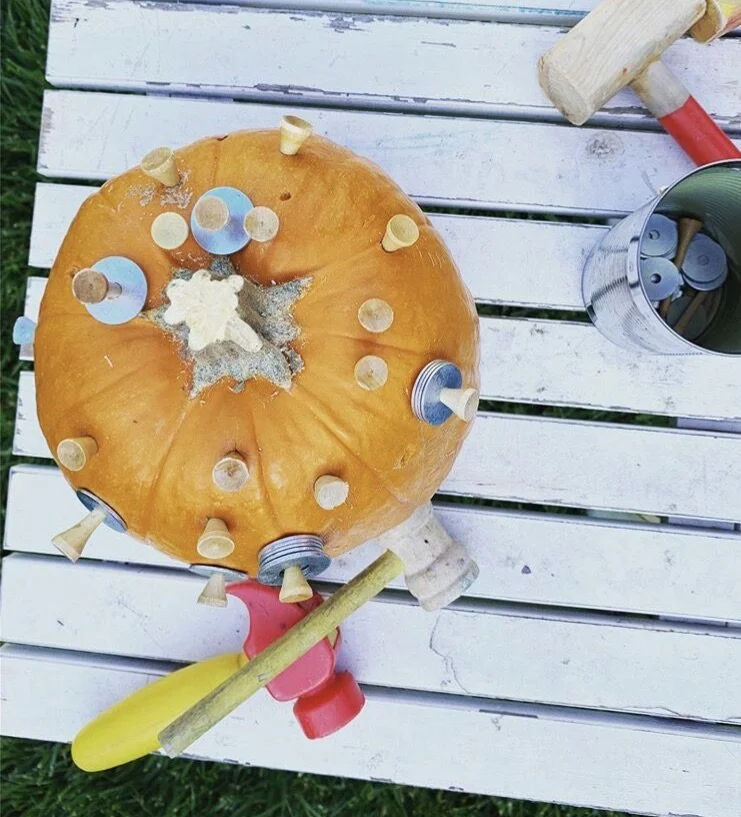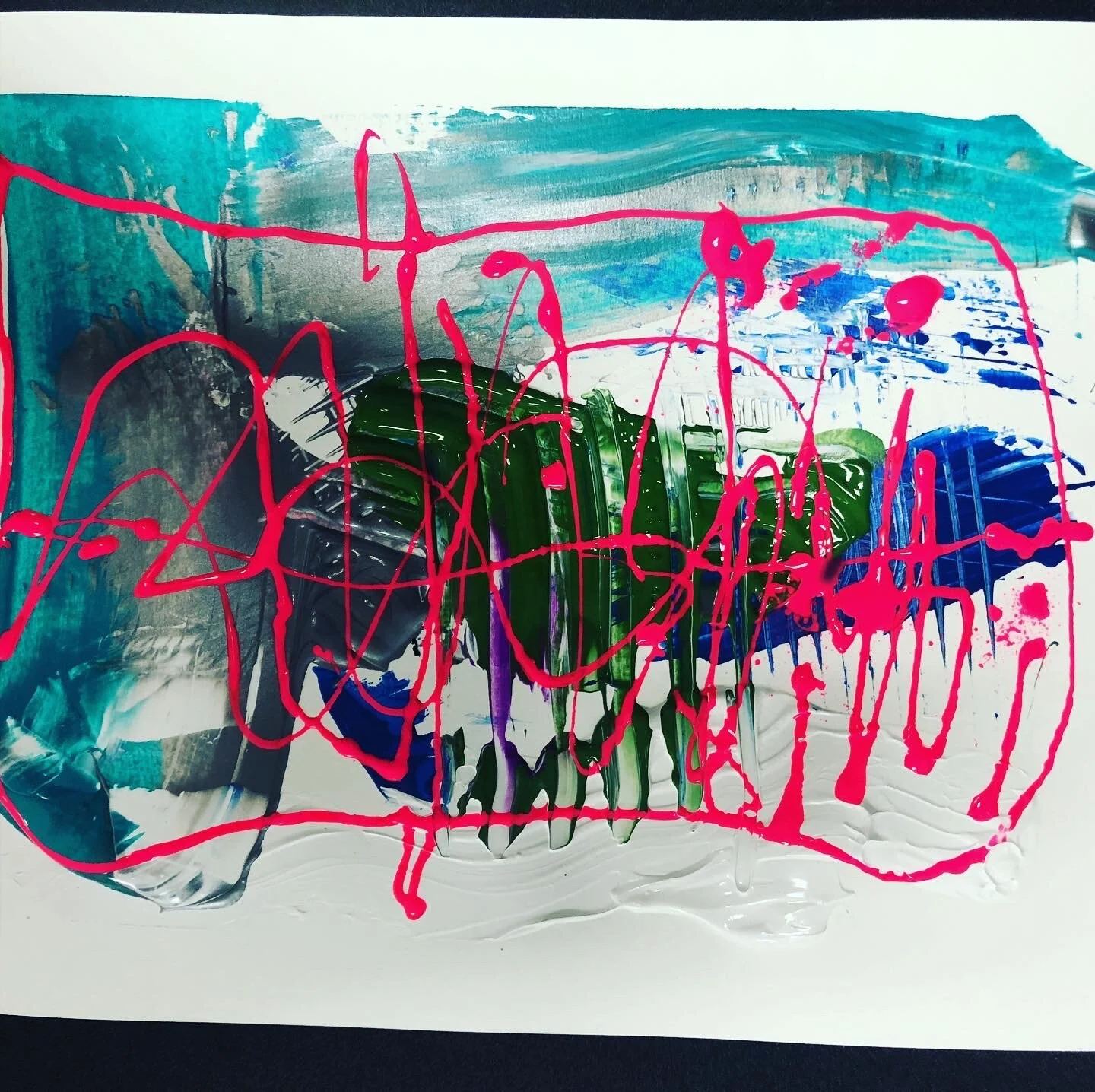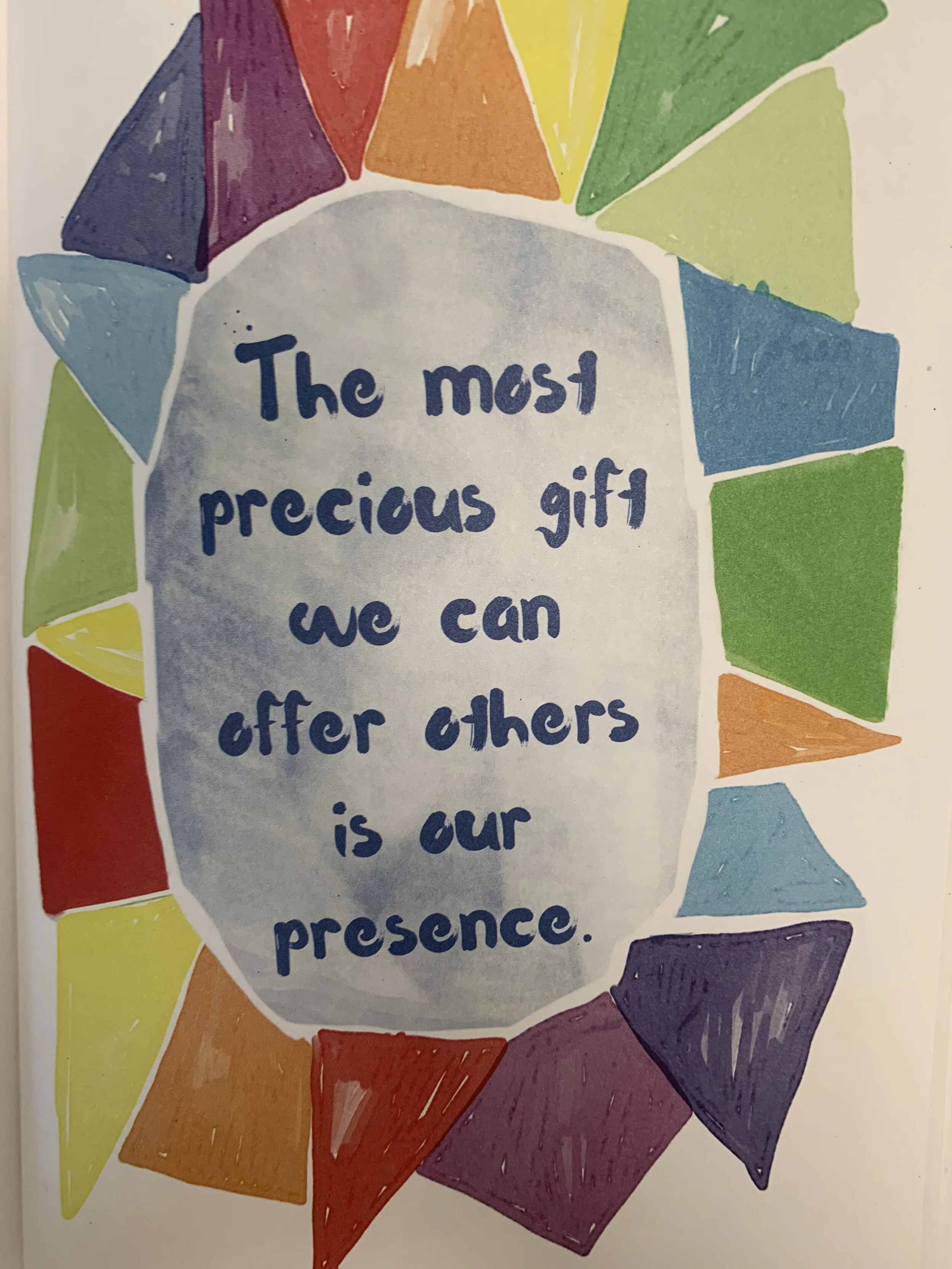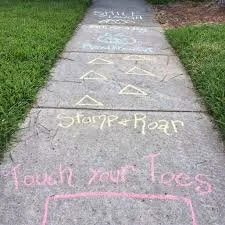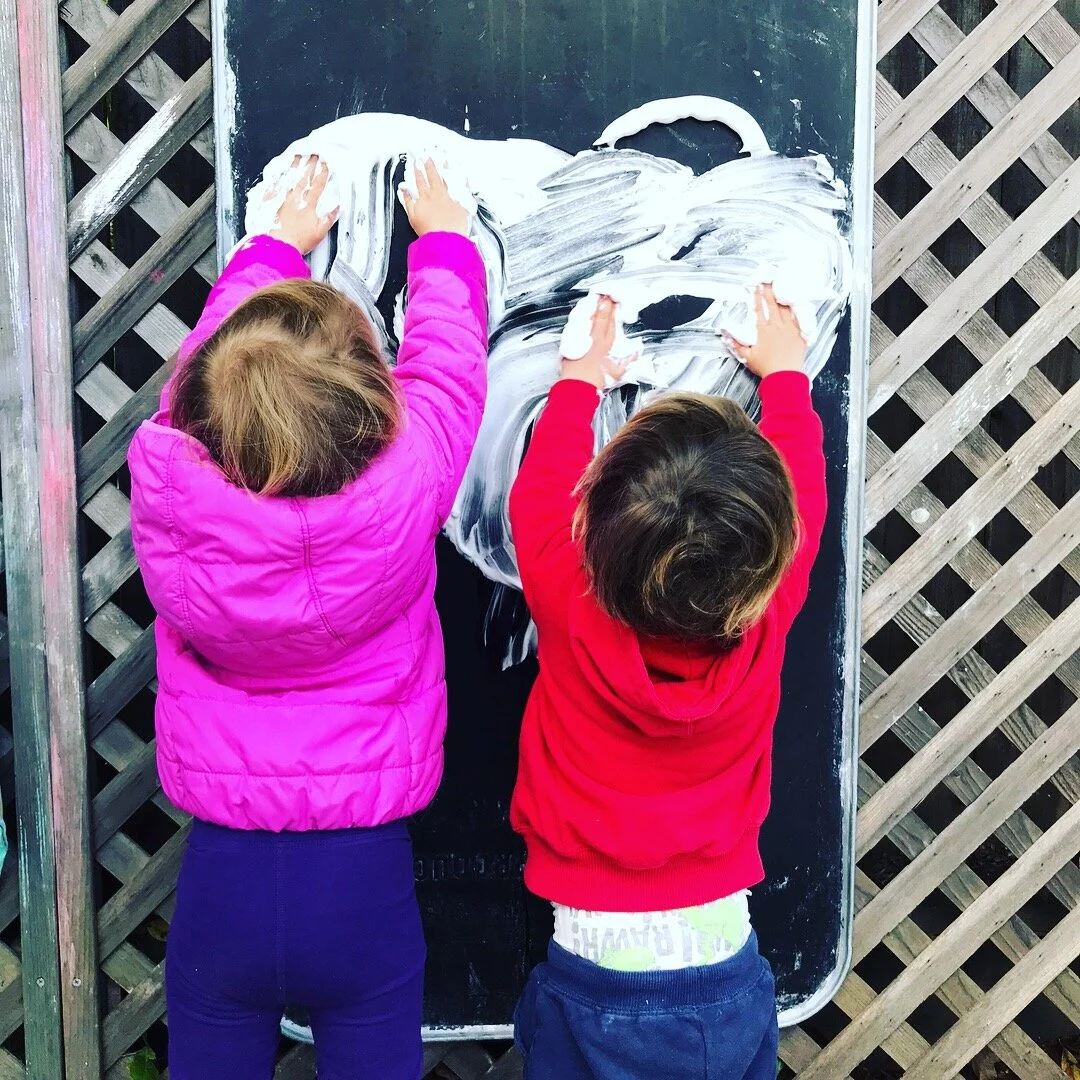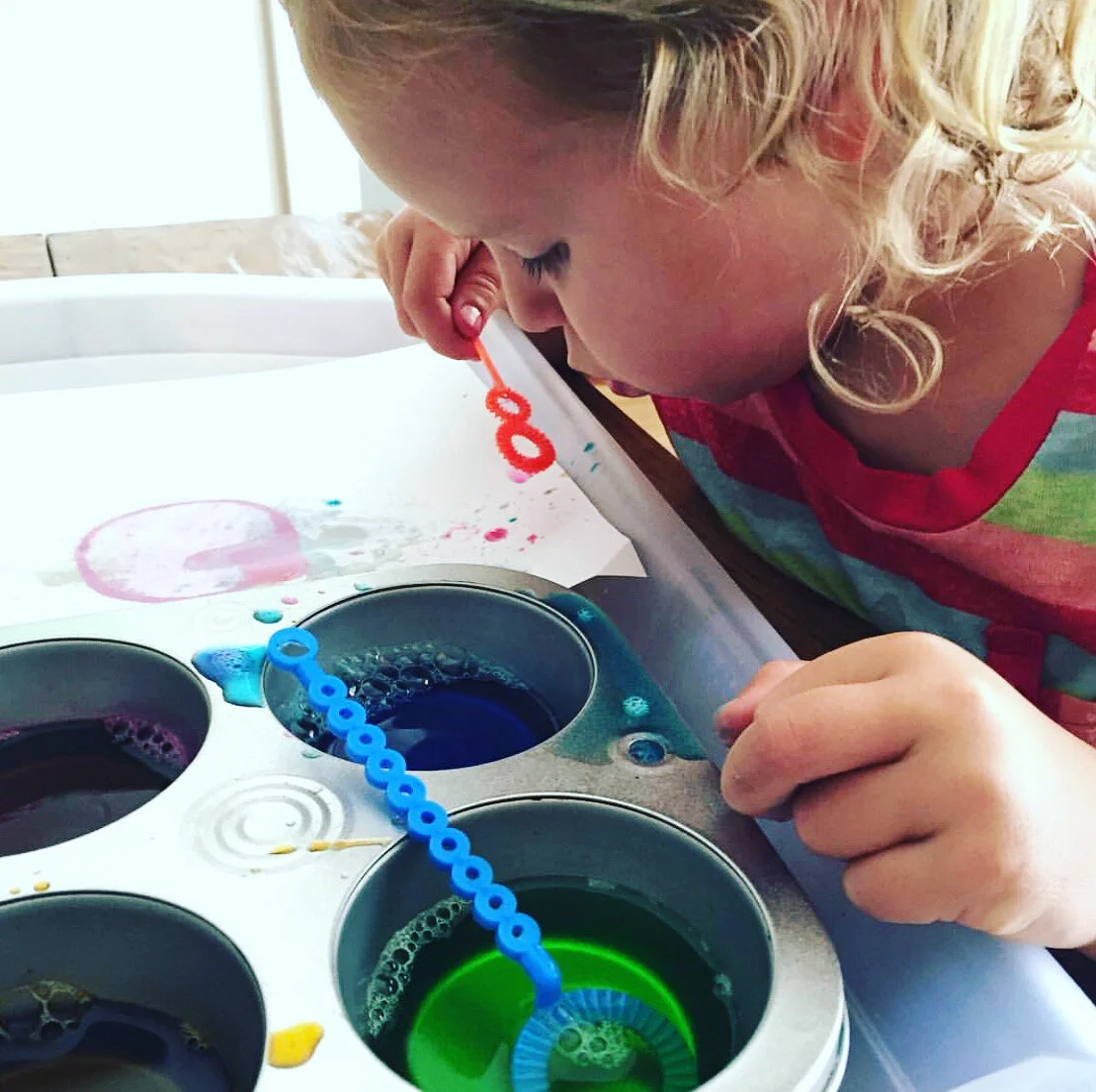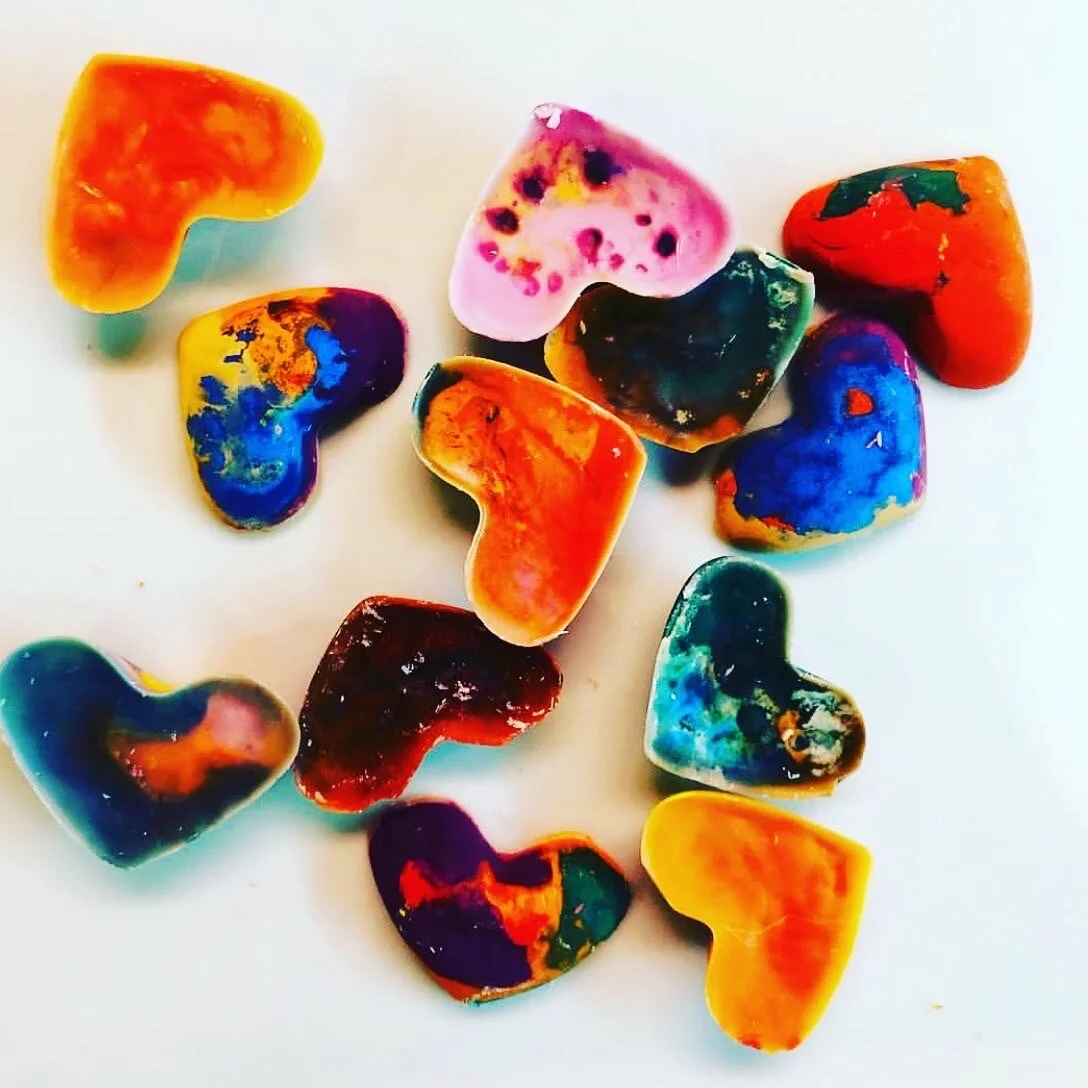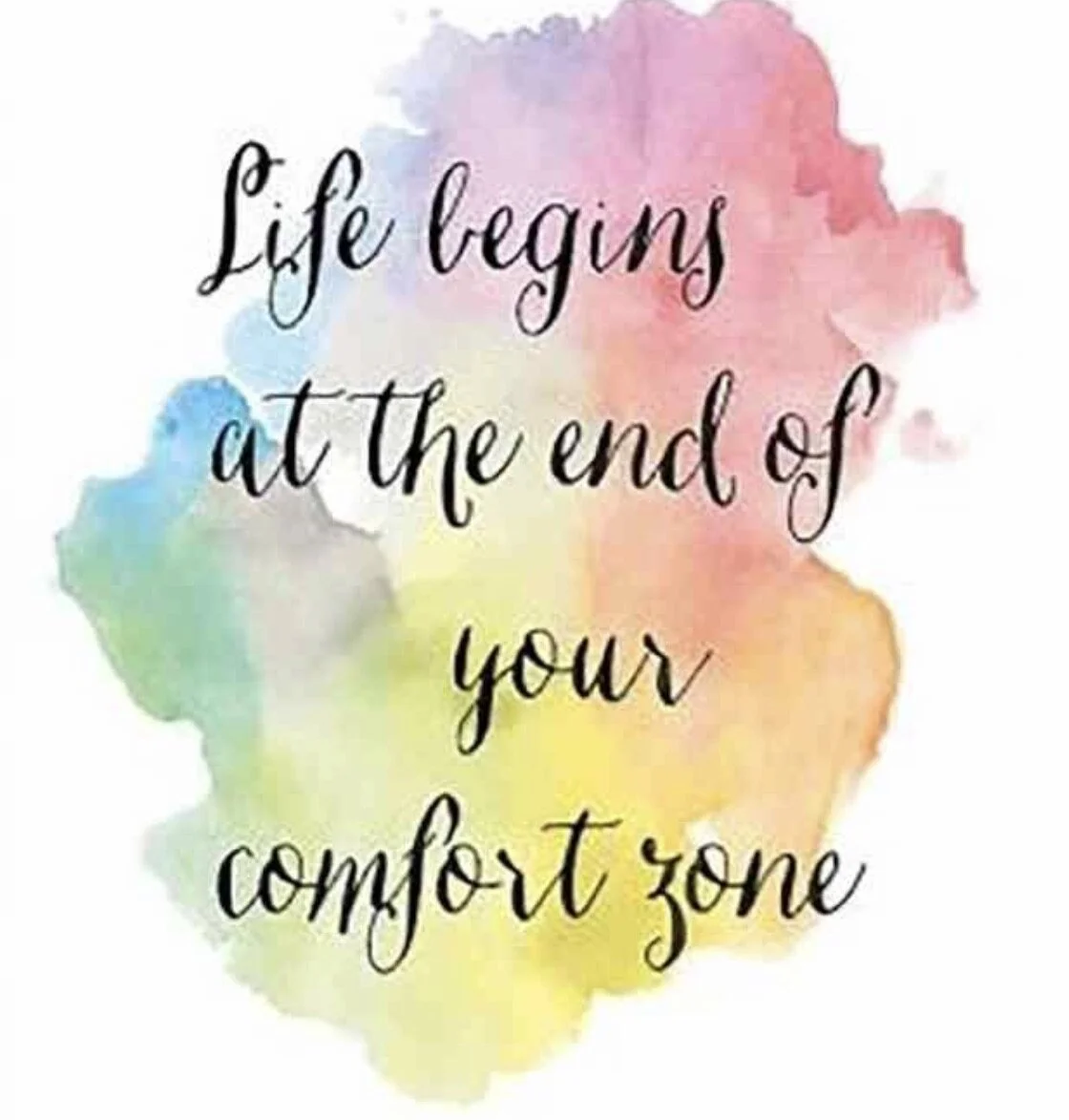I love to make different sensory “doughs” to explore. I am including a few of my recent favorite recipes here for you to try out at home! Why is it important to explore different textures?
The tactile system is at the core of our sensory processing. If you saw my blog post from last week, the Sensory Pyramid image gives a depiction of tactile being one of the sensory systems that is at the bottom, or the root, of our sensory processing. Everything that is layered on top of it will be affected if tactile processing is a bit “off.” This could mean that a child is either hypo-responsive to it so they seek out extra tactile opportunities, or hyper-responsive to it and they avoid touch. Here are some common characteristics of each from Lemon Lime Adventures. She is a mother and explains it in great lay persons terms without medical terminology:
When we use our tactile sensory system, we are providing an immense amount of information to our body and brain because it is our largest sensory system. When the tactile system is functioning properly, it helps us filter out information about sensations to decipher what we need to pay attention to (a hot stove) and what we don’t (itchy tags). Some tactile input can be very noxious to children, including light touch such as tickles. Deep pressure is calming so providing activities such as warm play dough to touch and manipulate, weighted blankets or lap pads, bean bags with different materials inside to still discover different sensations without needing to touch stimuli that they might be hyper-responsive to. It is important to grade or modify tactile activities for those that are more sensitive. You can provide a paintbrush to paint in shaving cream (and eventually they might even touch it a bit), scoops for rice bins, nets for scooping!
Exposure to various tactile experiences is critical to help the tactile sensory system learn and adapt and make neural connections to process these different sensations!
“Ice Cream” Dough:
a tub of frosting
a carton of corn starch (you can also use powdered sugar)
Mix together with an electric mixer until no longer sticky!
It smells divine! Add sprinkles, real ice cream cones, and ice cream scoops to explore!
Classic Play Dough:
2 cups flour
1 cup salt
2 teaspoons cream of tartar
2 tablespoons canola/ vegetable oil
2 cups of water
food coloring
essential oils (if desired)
Mix all together in a pan over medium heat. It is recommended to add food coloring and essential oils to the water before mixing in. Turn out onto a lightly floured surface and knead. Store in an airtight container when cool!
These are some of my favorite play dough tools that I recently found! They are so great for finger strength while igniting the tactile system!
Flubber!
1 cup of Elmer’s glue
1/2 cup room temperature water
1/2 cup liquid starch
Food coloring
Mix glue and water together in a container and add in food coloring. Add liquid starch into this mixture while stirring. Mix with your hands to fully incorporate!
I love using flubber with strawberry baskets, a tennis racket, and strainers!
Chocolate Oobleck “Mud”:
1 cup cornstarch
3 tablespoons cocoa powder
1/2 cup of water
Mix together slowly. If it is too runny, add more corn starch, if it is too thick, add some more water! Play with it with some farm animals, dinosaurs, or baby dolls (then give them a soapy bath!)
Some other great activities for tactile experiences have great impacts and aren’t messy! Tactile does not need to be messy…
How does your child process tactile input? Are they painting their hands during a painting activity? Wanting to wash their hands the second something gets on it? Do they have a big response to tags? Do they have a high threshold for pain? Asking yourself some of these questions will provide clues to their tactile system! What questions do you have for me???
Have a great day!

